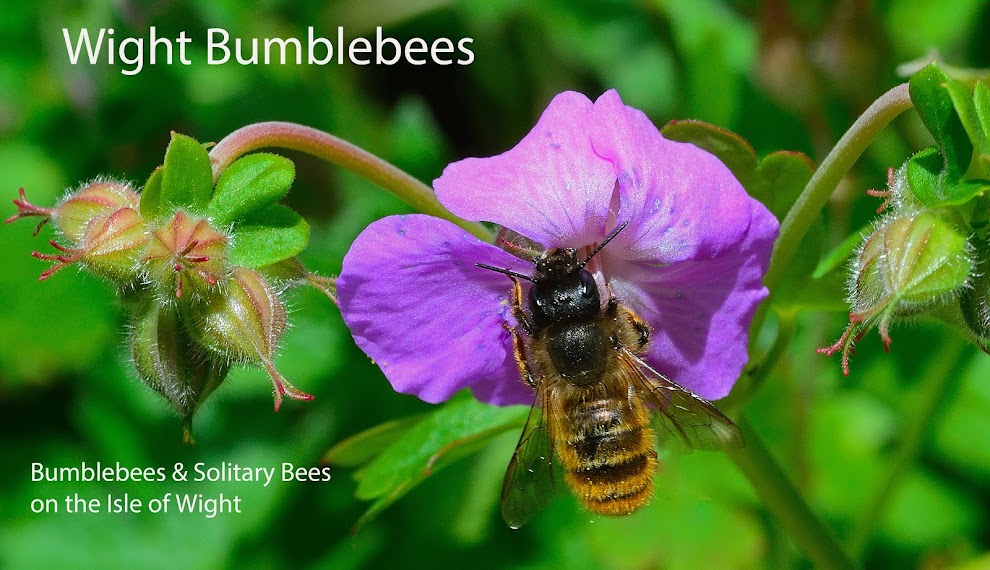This beautiful orchid is now to be seen in our woods and copse.Bee orchids (Ophrys apifera) are easily identifiable by their eye-catching flowers, which are present during June and July. The attractive flowers mimic an insect feeding on a flower – with a furry lip that looks like the body of a bee, 2 sepals (the outermost parts of a flower) that look like antennae and another 3 outer sepals that resemble large pink petals.
As a result of this deception and an attractive scent, male bees try to mate with the lip of the flower (known as pseudocopulation). This mimicry has been favoured by natural selection because the bees unwittingly bring about pollination of the orchids by transferring pollen to the female parts of the next flower they visit.
Bee orchids don’t depend on bees to reproduce, however, and in Britain they are generally self-pollinated. But the closely related fly orchid (Ophrys insectifera), early spider orchid (Ophrys sphegodes) and late spider orchid (Ophrys fuciflora) are reliant on their insect pollinators and also lure them with fake signals.







